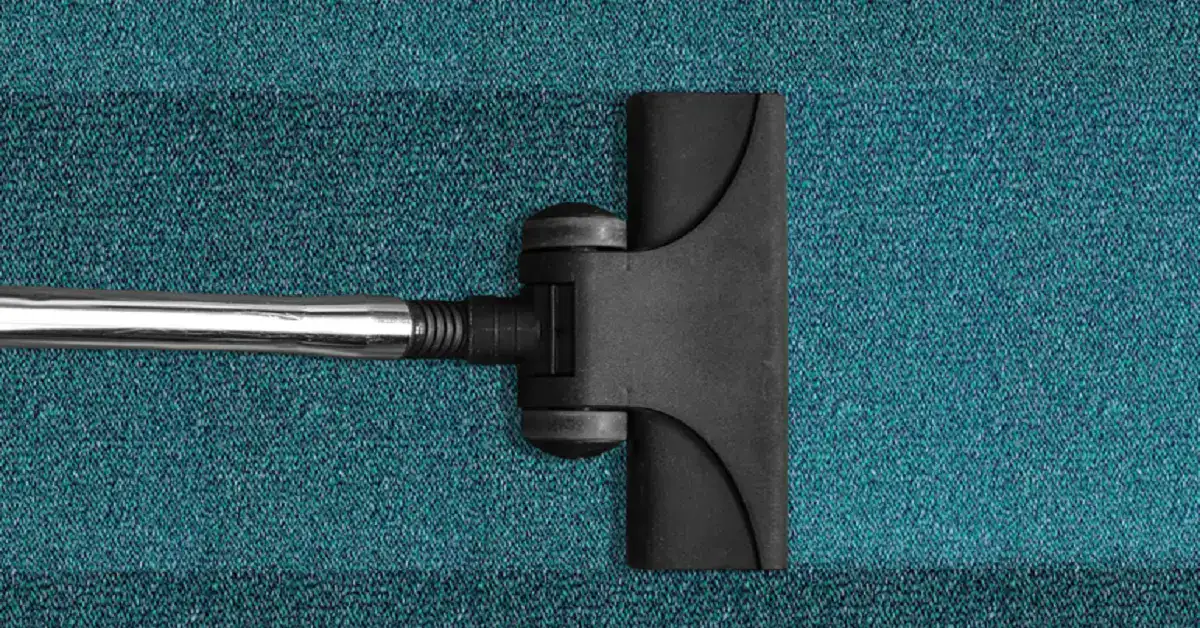Advanced technology and usefulness make modern vacuum cleaners vital for household and commercial cleaning. Most people are unaware that these cleaners are characterised by the things they can pick up as well as their size, function, and design. This leads to the discussion regarding dry and wet vacuum cleaners.
The Differences Between Dry and Wet Vacuums
Traditional cleaners are great for household usage but cannot handle liquid filth and are usually dry vacuums. Wet vacuum cleaners, on the other hand, can pick up liquid spills without harm.
Here are the differences between the two cleaners, which should assist people in comprehending their functions.
- Wet cleaners have a watertight collection that can prevent liquid from entering the fan and causing short circuits. Dry cleaners may electrocute users while sucking up liquids since they have no protection.
- Wet vacuum cleaners, often used in industries, are heavier and louder than dry vacuum cleaners. However, lightweight dry vacuums operate quietly and are simple to manage.
- Wet vacuum cleaners provide more power and storage capacity. Dry vacuums feature improved particle filtration to effectively clean and capture dust and debris.
- While wet vacuums may collect heavy items like stones and metal shavings, they are not good at eliminating allergens and pollen for cleaner air. Dry vacuums have a belted brush, making them unsuitable for larger materials.
- Wet vacuums are less user-friendly than dry ones. Canisters with hoses and other accessories are typical. Dry vacuums come in many styles to suit consumer demands.
- Dry vacuums are suitable for home cleaning, but not wet vacuums. Since dry vacuums lack the intricacy and technology of wet vacuums, they are inexpensive.
Do Different Wet and Dry Vacuum Cleaner Types Exist?
Wet/dry vacuum cleaners are plentiful. Due to the different brands, choosing the best vacuum cleaner may be complicated or terrifying. Everything about the wet and dry vacuums by Australian Industrial Vacuum varies, including the nozzles, attachments, features, and manufacturers. The cost of the vacuums also varies greatly. Some vacuum cleaners cost around $100, others much more.
How you use the wet/dry vacuum cleaner is most important when buying. This will determine all future choices. For instance, you’ll need a vacuum cleaner with handles, wheels, and a bigger capacity if you want to use it for industrial purposes. Finding a vacuum cleaner with a HEPA rating is necessary for certain activities, mainly if you are working with dangerous compounds or small particles. Certain vacuums cost less while providing the same power and filtration. However, these vacuums could be louder and less dependable in the long run.
Summary
After understanding the fundamental differences between dry and wet vacuums, customers should know that some combine the best of both. Such vacuums, called wet-dry vacuums, may switch between modes, combining both advantages. While these vacuums lack wet vacuum characteristics, they are essential to dry vacuum cleaner design and functioning.
A dry vacuum cleaner catches dust and debris well. Wet vacuum cleaners are excellent for sucking up heavier dirt and collecting water securely.
